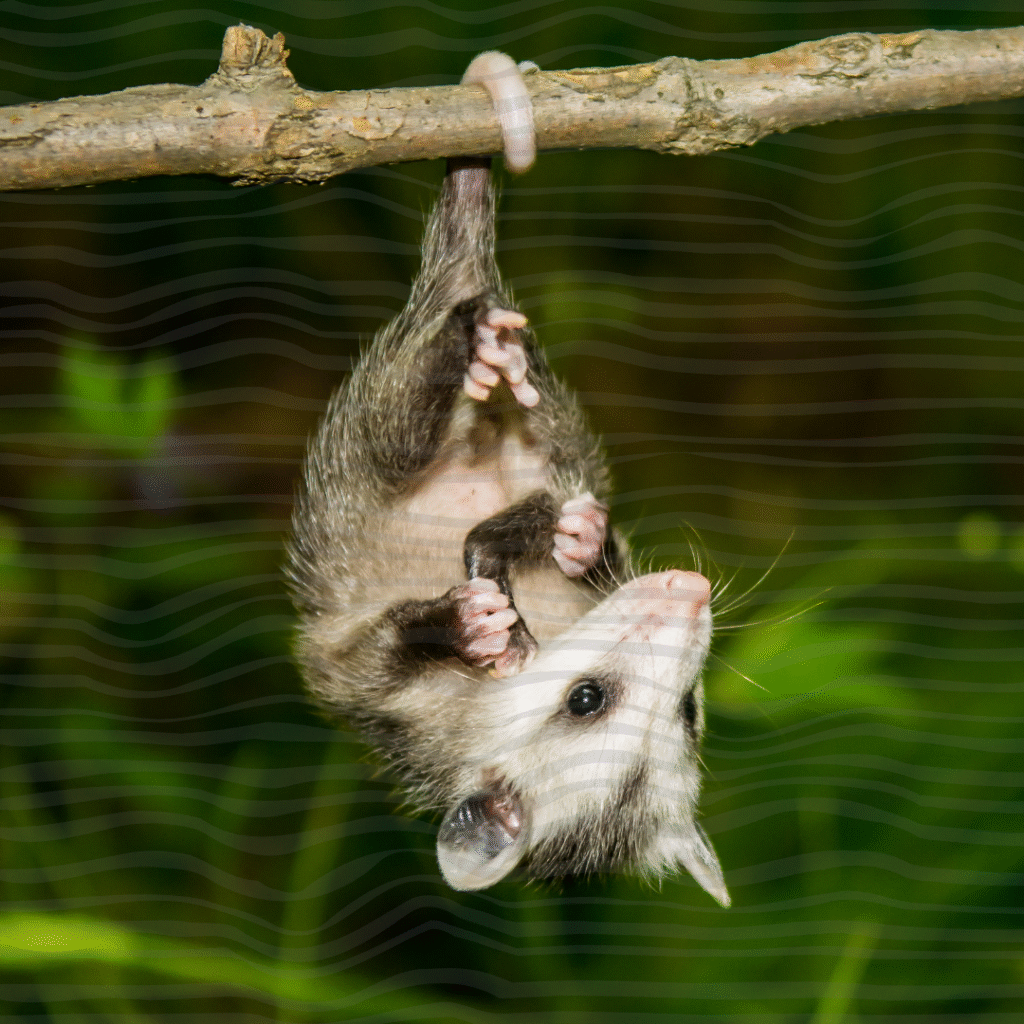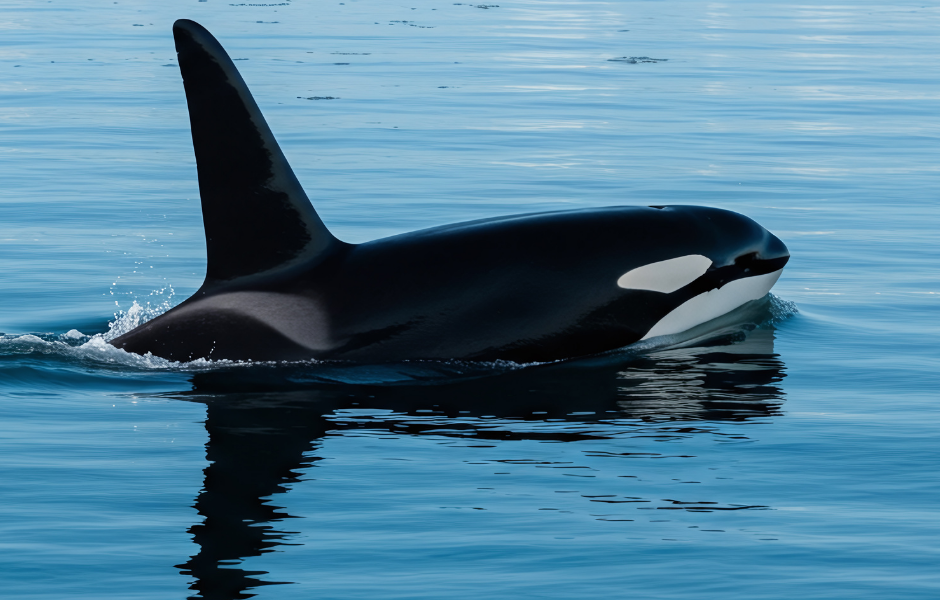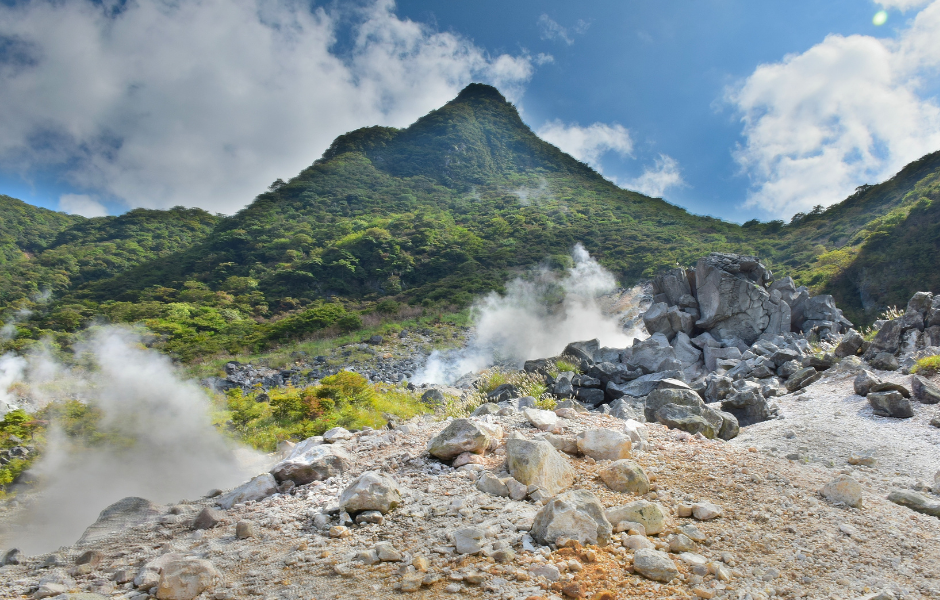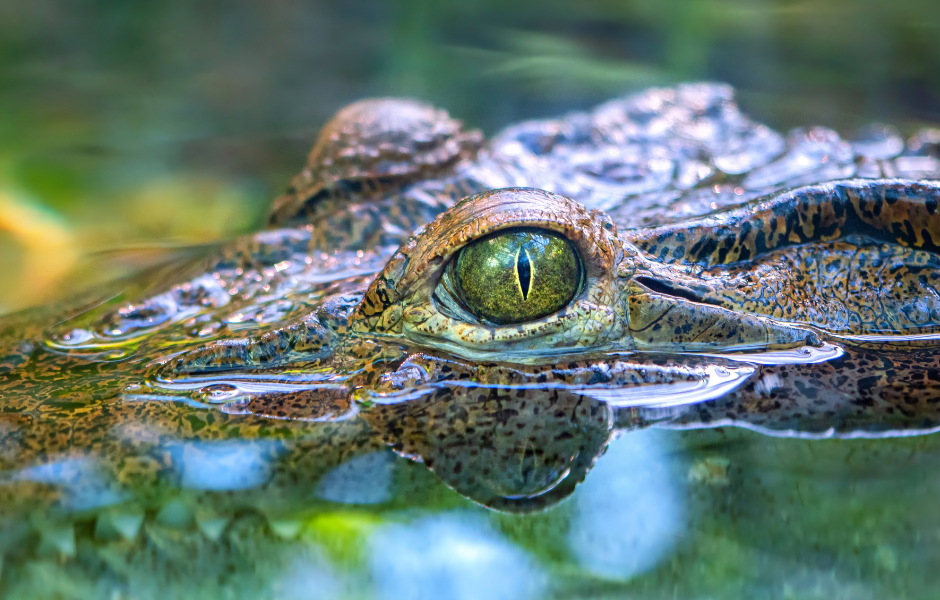
This children’s article, What’s in the pouch? A kids’ guide to marsupials, has been written for native English speakers and learners of English as a second or foreign language. It can help children build vocabulary, learn about a strange group of mammals, and discover what makes marsupials so unique. Written by Mark Pulley, a teacher and writer who creates fun and informative news articles for English learners.
What on Earth is a marsupial?
Imagine being born the size of a jellybean, with no fur and eyes still shut. You wouldn’t last long, unless your mum had a warm, stretchy pouch to carry you around in! That’s exactly how life begins for a marsupial.
Marsupials are mammals, just like us, but they give birth to tiny babies that continue growing in a special pouch. There are around 330 species of them, and most live in Australia or nearby islands.
From koalas to kangaroos
You’ve probably heard of a few marsupials already. Koalas, kangaroos, and wombats are all members of the marsupial club. So are lesser-known ones like the sugar glider, which can glide through the air like a flying squirrel, and the quokka, a friendly little animal famous for its smile.
Here are some of the stars:
- Kangaroo – Jumps super far and never walks backwards
- Koala – Sleeps up to 20 hours a day in eucalyptus trees
- Wombat – A chubby digger with cube-shaped poo
- Sugar glider – Leaps from tree to tree with flaps of skin
- Tasmanian devil – Makes terrifying screeches but is quite shy
Where do they live?
Australia is marsupial headquarters. Most of the world’s marsupials live there or in nearby places like Papua New Guinea. But not all marsupials are Aussies.
In fact, there’s one species that lives in the United States: the Virginia opossum. It’s the only marsupial found in North America.
More than just a pouch
Marsupials have a few other tricks besides baby-carrying pockets. Many of them are nocturnal, which means they come out at night. They also have sharp claws for digging, climbing, or grabbing food. You can learn more about marsupials here.
Fun fact: Koalas have fingerprints so similar to humans that scientists sometimes mix them up at crime scenes. Imagine a koala stealing your sandwich and leaving behind perfect evidence!

Article vocabulary list
- Marsupial – A mammal with a pouch where its baby finishes growing
- Pouch – A soft pocket on the front of some animals, used to carry babies
- Joey – The name for a baby marsupial
- Nocturnal – Active at night and asleep during the day
- Species – A type of animal; kangaroos and koalas are different species
- Glide – To fly or float through the air without flapping wings
- Eucalyptus – A tree with oily leaves that koalas love to eat
- Fingerprint – The pattern on the tips of your fingers, unique to every person (and some animals!)
- Claws – Sharp nails used for digging, climbing or grabbing
- Cube – A 3D square shape, like a dice or a block
Comprehension questions
Just click the plus (+) to see the answer
1. What makes marsupials different from other mammals?
A) They live underwater
B) They hatch from eggs
C) Their babies grow in a pouch
Answer: C) Their babies grow in a pouch
2. Which of these animals is a marsupial?
A) Polar bear
B) Koala
C) Crocodile
Answer: B) Koala
3. Where do most marsupials live?
A) Australia
B) South Africa
C) Iceland
Answer: A) Australia
4. What is a baby marsupial called?
A) Cub
B) Chick
C) Joey
Answer: C) Joey
5. What does “nocturnal” mean?
A) Sleeps all night
B) Active during the day
C) Active during the night
Answer: C) Active during the night

Mark is a writer and EFL teacher from England with eight years’ experience. He’s passionate about travel, sport (especially football), animals, nature, and history, and enjoys helping children explore the world through language and learning.




